28th February - 2nd March 2022
I had some leave to use up so between the “end” of the plague and the beginning of World War Three I took a little train trip to Kent.
Rochester sits on a bend the River Medway about 30 miles from London. Historically it’s a city but due to an administrative cock-up officially it isn’t any more. In its favour as a tourist destination it does have a castle, a cathedral, a high street with a lot of interesting buildings, strong connections to Charles Dickens, and frequent trains from London Victoria (as well as sitting astride the main A2 road from London to the channel port at Dover). I took the train via Guildford, Clapham Junction, and London Victoria and at £25 return with a Network Railcard it was almost certainly cheaper than if I’d driven. And the trains all ran to time for once!
The station is close to the city centre (to hell with the bureaucrats) and has a Travelodge just behind it which is fine for a couple of nights and being quite new hasn’t had a chance for the fixtures and fittings to fall apart yet. From the third floor I could watch the trains arriving and departing the station below. I took advantage of the lack of rain and went for a walk around the city centre to get my bearings and in search of victuals. The Crown at the bridge end of the high street was quiet - it was Monday and early evening - and provided a decent burger and chips and pint of Spitfire.
The High Street was mostly quiet, quite a few places didn’t open on Mondays.
I walked across the river bridge to Strood which appears to be the shopping area for Rochester, having a retail park and supermarkets and was rewarded with a view of the illuminated castle and cathedral across the Medway. And so to bed.
The next morning was predictably wet, I’ve decided that when I book leave it adversely affects the weather, I’m used to it now and fortified with a flat white from Costa I headed first for the castle.
It isn’t hard to find, sitting high on a hill in the city centre. Rochester Castle was started in the late 11th century and the tall stone keep built in the early 12th century by Gundulf, Bishop of Rochester and later Henry I granted it to the Archbishop of Canterbury in perpetuity because obviously the leader of a peaceful religion needs a ruddy great castle. The scene of many battles and sieges of the the centuries the castle and its grounds were opened to the public in the 1870s as a park, the grounds are free to enter when open in daylight hours.The castle is protected as a Grade I listed building and Scheduled Monument, the ruins are managed by English Heritage and open to the public for an entry fee of £7.20 at the time I visited.
Which isn’t too bad considering there’s quite a bit of the keep still standing and accessible - in the sense that if you can climb lots of irregular staircases you can access it rather than the modern sense of accessible to people with disabilities. It’s worth the climb of 200-odd steps because even in fairly crappy weather there’s good views over the Medway and surrounding area. Which is why it’s where it is of course.
Topically you can even see a Russian Soviet Navy submarine although this one’s no longer a threat to anyone.
These days the castle keep is besieged only by feral pigeons in spite of the defences erected to counter them.
From the top of the keep I could see my next place to visit, Rochester Cathedral being gently rinsed by the falling drizzle.
Even as a godless heathen I can appreciate church and cathedral buildings. Particularly when they’re free to enter and warmish and dry. The cathedral has had a turbulent history since its founding in 604 and the original Saxon church has been replaced by a Norman and later building. It’s not a huge cathedral but impressive nonetheless.
At the time of visiting there were more electricians working there than ecclesiastical types apparently installing new lighting, in the 21st century even the light of the world is by LEDs! I did notice a distinct military theme to the various memorials around the walls inside the church. Many of those memorialised seemed to have spent their time on earth helping to expand the empire. A striking number meeting a premature end in obscure parts of it possibly at the hands of the locals who didn’t appreciate the efforts of the great and good of Rochester to bring them civilisation.
It hadn’t finished raining when I emerged and showed no sign of doing so. Heading through the city centre it was clear that many businesses made the most of the Dickens connection with the city and in the grounds of Eastgate House is his writing chalet looking a little out of place next to the Elizabethan house. There are a few other interesting old buildings too as befits Rochester’s long history and location on the route from Dover to London. Fairly free of chain shops too. I followed the High Street east and out of Rochester to Chatham, about a mile and a half away, to Fort Amherst, built centuries after Rochester Castle but for similar reasons. Built in the 18th century to defend the landward side of Chatham’s Royal Navy Dockyard from any invading army - OK, the French - it replaced the old town of Chatham which was then rebuilt in a bog at the bottom of the hill.
It’s a fair climb to the fort from the town and being still winter the main attraction, tours of the extensive tunnel system below, wasn’t open but it was free to wander around before walking back through Chatham town centre to the railway station.
Chatham and its Historic Naval Dockyard will have to wait for a future visit. I caught a train to Strood for the shops and retreated to the hotel for the remainder of the evening to dry out. The next day reversing the train journey rather than the journey planner’s suggestion of returning via Victoria, Paddington, and Reading which would have been disrupted by delays on the tube, falling between two strike days.
I feel a re-visit to Medway is on the cards as there’s much more to see than I had time for and it’s not too far away from home for a short break.
Meanwhile the usual Flickr Album is here.
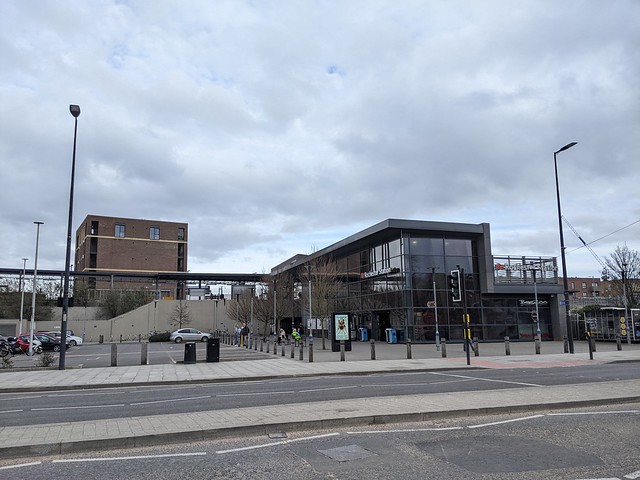




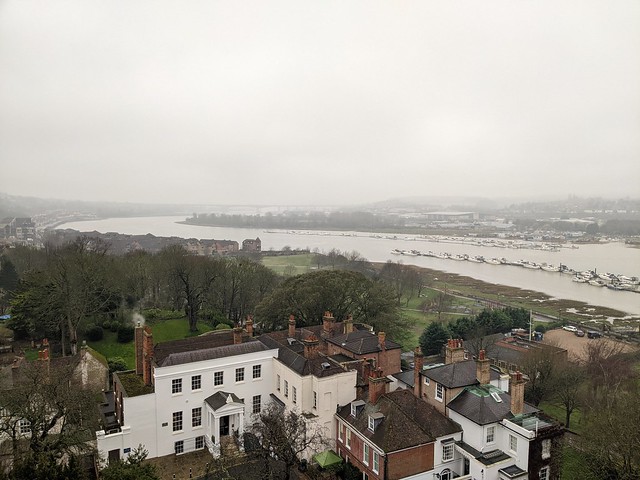

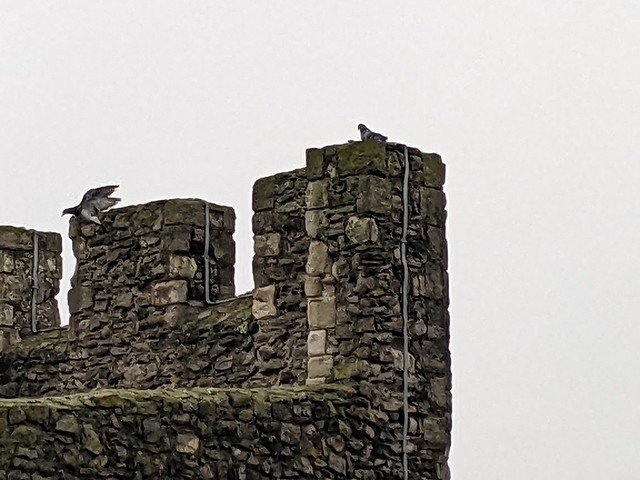
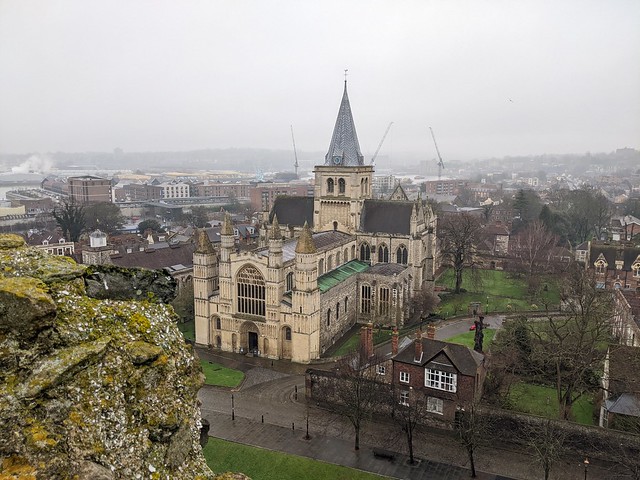
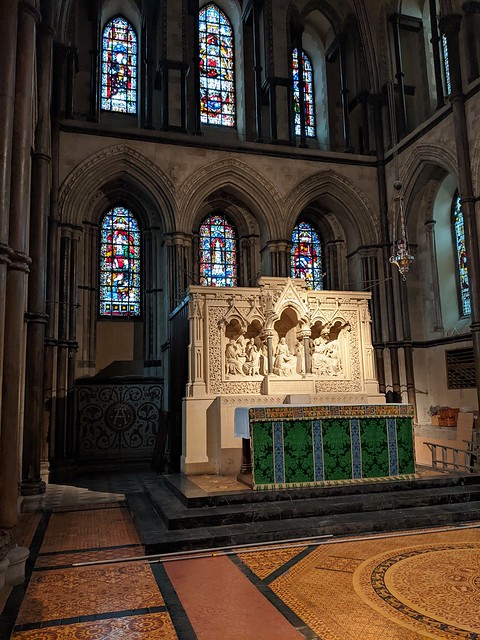



No comments:
Post a Comment